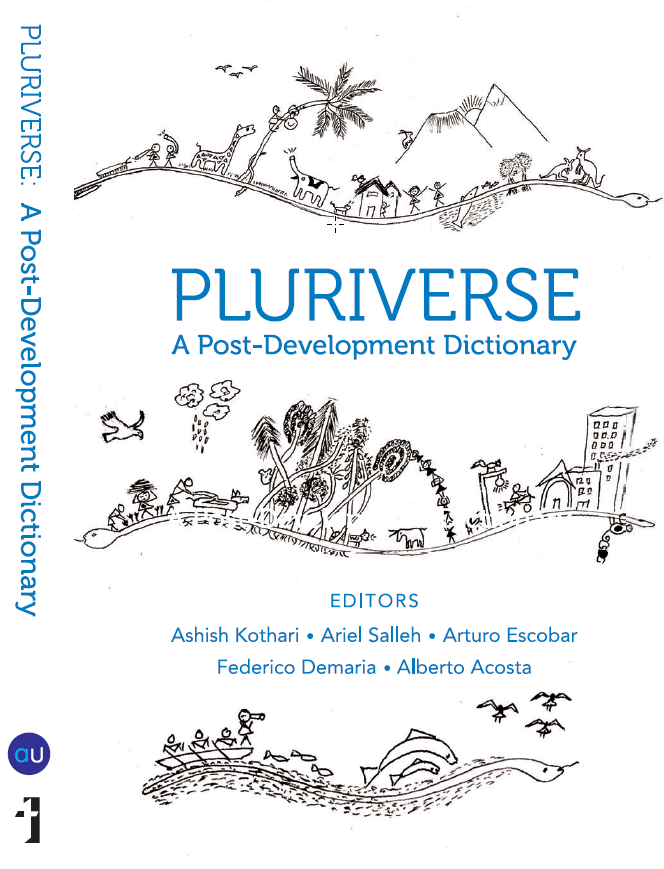

Contraction in the book the 10x rule how to#
I also learned several techniques on how to focus a conversation on the topic you want and keep it there. Takeaway: While I feel like I am above average in starting conversations and am an active listener I did takeaway strategies on how to extricate myself from longer conversations without hurting the person’s feelings. The author suggests using friends and relatives to practice the various strategy challenges so help you feel more confident and comfortable. The challenges for each strategy are broken down into Easy, Medium, and Hard. Some examples of the assignments are: listening to a podcast of an interview and writing down three things you learned about the interviewee and how you could use that to develop a conversation using the “Real Curiosity” strategy, an easy one is asking a co-worker where they usually go for lunch and then develop three conversation starters from that simple question which is “Interest/agreement openers,” and finally write an “exit strategy” for a conversation you are having with a co-worker that you know is very talkative. The author provides challenges and worksheets for the reader to complete for each strategy. Part III is where the theory is really put into practice. The technique, a sample dialogue given, tips, and finally a challenge using the technique to reinforce learning. The strategy is defined, the benefits of using the strategy discussed, when to use the technique, how to use In the various sections it is broken down the same for each strategy. Each strategic framework is broken down into a section. The frameworks are the following: real curiosity, interest/agreement openers, keep the conversation open, storing and referring, nodes, amplification, muting, weaving, plural asks, tridenting, and exit strategy. Part II’s eleven strategic conversation frameworks are introduced. The strategies put forth here are to help the reader bridge the gap, if there is one, and have a more level performance with all forms of communication. Some people may be better with face to face communication and some via text or phone. Part I also discusses the variety of mediums we use to communicate. Making sure your message matches your actions to help enhance your impact or if it doesn’t match that you are aware of this and you are using it at a technique to better acquire what you are seeking.

Part I also explains how non-verbal cues impact the delivery of your communication.

By presenting the science and research behind communication and the various techniques the author sets the stage for Part II of the book where the theories are put into action. It is normally a trait that is either thought of as the person either having the “gift of gab” or not having the skill. The author claims that people do not normally put enough effort and time into developing their communication skills. Part I of the book helps to outline the various elements and theories behind communication. Part III is using a variety of exercises to help achieve better confidence in your communication techniques. Part II introduces the eleven strategies and puts the theories into action. Part I is the theory behind communication. The book is broken down into three parts. Summary: In the book the author introduces research and develops strategies for conversations to help build confidence in your abilities to handle communicating at various levels and situations. Book Review by Lisa Chestnut Fort Huachuca, AZ


 0 kommentar(er)
0 kommentar(er)
